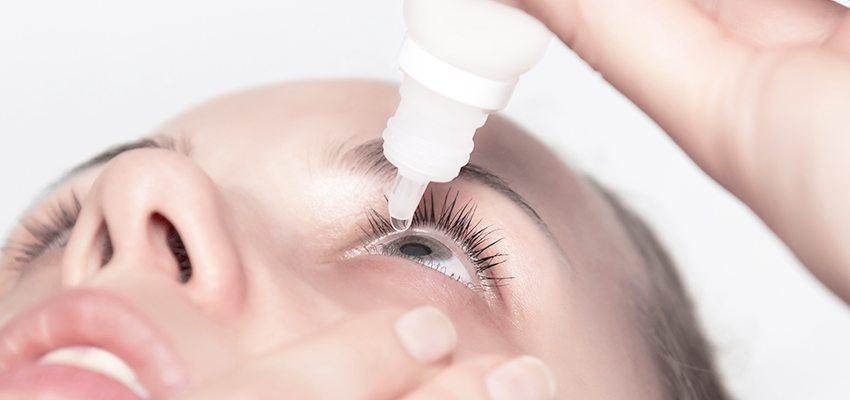
(305) 442-0066
Coral Gables Office
Hialeah Office
North Miami Office
Hialeah Office
North Miami Office

Most eye drops may sting or burn when placed in the eye. This does not mean that they are not working or that they are bad for you. It just means that some people may find a specific eye drop more comfortable than others. Refrigerating your eye drop an applying it cold can make it more soothing and less irritating.
Prescription eye drop medications include:

2441 SW 37th Avenue
Miami, FL 33145
(305) 442-0066

202 E 49th Street
Hialeah, FL 33013
(305) 442-0066

2050 NE 163rd Street North
Miami Beach, FL 33162
Direct Line (786) 708-8372